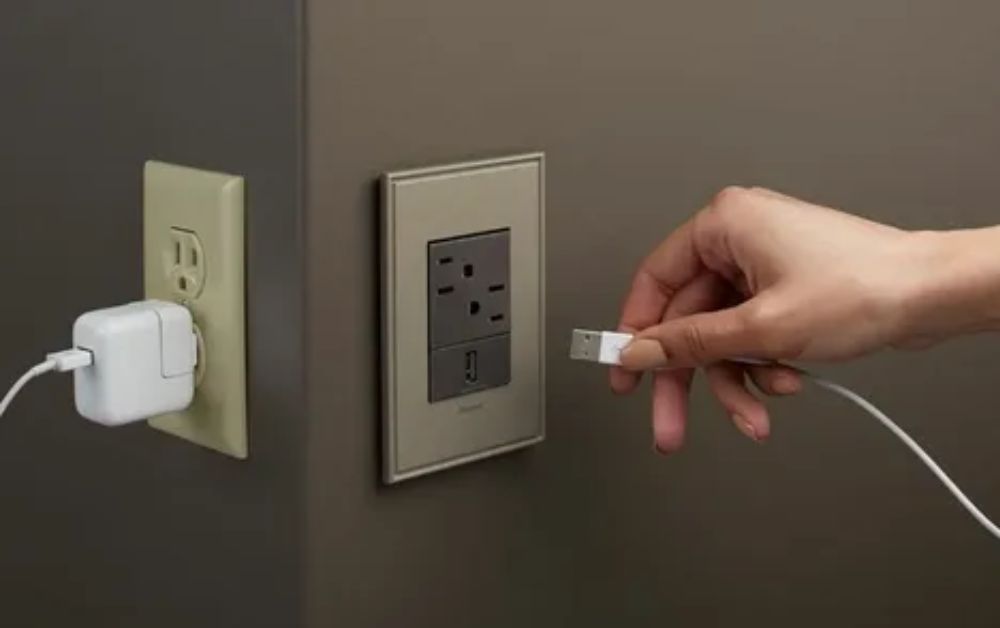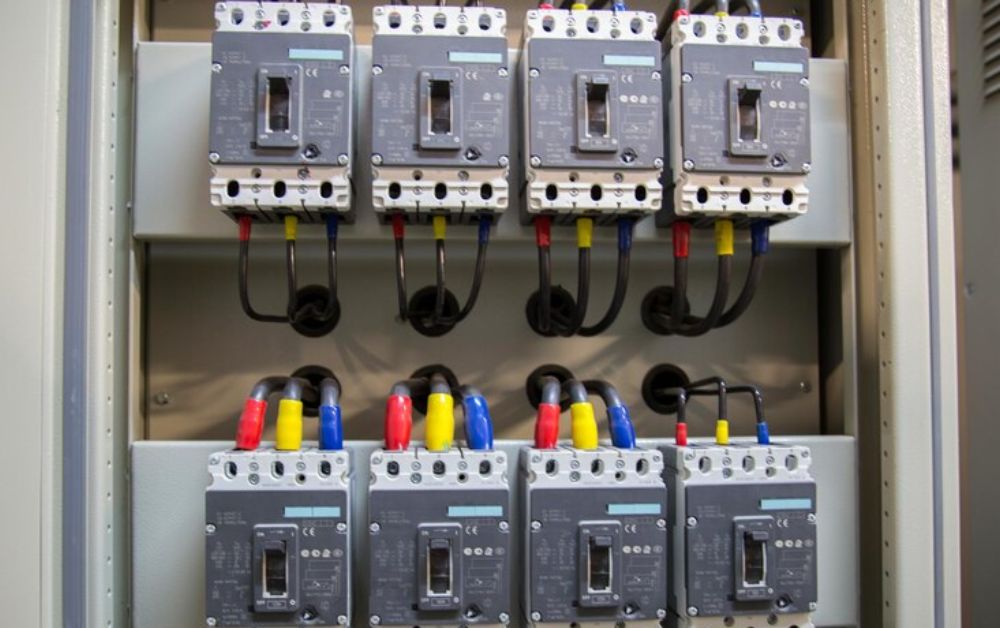Having the right electrical products can make all the difference when it comes to setting up a new home or upgrading an existing one, not only in terms of convenience but also in terms of safety, comfort, and long-term reliability. Be it designing a cozy apartment or a spacious villa, some basic components must be part of your checklist. Consider sourcing from Schneider Supplier in UAE; that’s a sign of assurance in itself. One of those distinguished distributors is Al Arz Electrical Ware Trading, ranking among the UAE’s leading companies in the sphere of General Trading.
Why the Right Electrical Products Matter
Electricity runs almost everything in the modern way of living: lights, fans, appliances, and gadgets. With the convenience comes risks of overloads, short‑circuits, fire hazards, and inefficient power distribution if the wiring and accessories are not up to the mark. Good-quality electrical products ensure safety, longevity, and efficiency. Simple as a socket, or as critical as a circuit breaker, every piece does its job.
That’s why selecting reliable brands and trusted suppliers is so important. Headquartered in Sharjah with operations covering the UAE market, Al Arz Electrical Ware Trading can supply everything from wiring, sockets, and switches to low-voltage switchgear that has been tested to strict safety standards.
Must-Have Electrical Products for Any Home
Here’s a list of must-have electrical products that every home, small and large alike, should invest in:
1. Wires, Cables & Conduits
Behind every wall and beneath every switchboard, there is a hidden network of wires and cables. Safety and efficiency in the flow of electricity are assured by high-quality copper or fire-resistant wiring. Conduits or cable management systems protect wiring from moisture, rodents, and accidental damage — essential for safeguarding durability over the long haul.
2. Switches, Sockets & Power Strips
Sockets and switches are the primary interface between your appliances and the power supply. The use of well-made, grounded (three-pin) sockets help avoid shocks and short circuits. A good power strip — preferably with surge protection — is helpful for home theatres, computer arrangements, or charging many devices, but do not overload them.
3. Lighting & Light Fixtures
Lighting is more than functional; it shapes the ambiance of your home. Primary needs will include ceiling lights, tube lights, or LED bulbs for the rooms, corridors, and kitchens. For aesthetics and comfort, one could choose wall sconces, pendant lights, or LED strips. In addition, one can include emergency lights or backup lights, which can be lifesavers during power outages.
4. Protection Devices: Fuses, Circuit Breakers, MCBs & Distribution Board
A proper distribution board is a must — along with MCBs, RCCBs, or fuses. These devices protect your home from overloads, short circuits, and other electrical faults. In the event of abnormal current flow, they automatically cut off power and prevent fires or damage to appliances.
5. Earthing & Grounding Equipment
Earthing is essential for safety. This ensures that if there is a fault, extra current flows to earth rather than to the appliances, or risking shock. Good grounding also minimizes voltage fluctuations and safeguards the other electrical appliances.
6. Cable Management & Enclosures
Currently, a number of circuits are running within homes, for example, lighting, fans, AC, and entertainment circuits etc. With the conduit, trunking, case, junction box, and cable tray for wiring the wires safely. It is also more serviceable and provides for less wear over time.
7. Backup Lighting and Emergency Equipment
While power outages can be disruptive, they are not always preventable. Emergency egress lighting, battery-backed-up fixtures, or other methods of prompt light generation serve to promote safety and comfort when a power failure actually does occur. These systems can illuminate pathways through dark hallways, facilitate safe navigation, or get products into the hands of the people who need it until power is restored.
8. Smart / Data Sockets (Optional but Useful)
In this time of home automation and work-from-home setups, sockets with data ports/LAN ports or USB-integrated sockets make life easier for you by letting you plug in routers, smart devices, and charge them effortlessly. Though not necessary, they add future-ready flexibility.
How a Trusted Supplier Makes the Difference
It’s one thing to know what you need; it’s an entirely different matter altogether to get the right quality. Al Arz Electrical Ware Trading stands out in the UAE market by offering a comprehensive catalogue of high‑quality electrical products, including lamps & luminaries, cables & wires, wiring accessories, low-voltage equipment, enclosures, pipes & fittings, heaters, and more.
Because they supply globally reputed brands, including wiring, switchgear, sockets, and fittings, you get products that comply with international and UAE safety and quality standards.
A certified Schneider Supplier in UAE, such as Al Arz Electrical Ware Trading, will ensure reliable performance and long life, and most importantly, safety.
Practical Tips for Homeowners
- Plan your circuits wisely: Give separate circuits to high-load appliances like AC, geyser, oven, instead of wiring everything on one circuit. This reduces overload risk and improves safety.
- Quality wiring and conduit: Shun low-quality cables; instead, use certified copper wiring along with protective conduits.
- Not being stingy with switchgear: Though cheap fuses or MCBs may save money now, good-quality ones save lives and appliances in the long run.
- Organize and label wiring: For ease of maintenance or upgrades later on, keep cables organized and labelled, especially if you plan on expanding or renovating.
- Include backup lighting: Locations such as stairs, hallways, and kitchens are prone to accidents during a blackout; emergency lights would definitely help.
Conclusion
Every home, from a modest house to $10 million mansion, should have the wiring that will make it safe and pleasant for the people who live there. Selecting the appropriate combination of electrical products (quality wires, switches and sockets, moulded-case circuit breakers/ fuses, earthing), and implementing sound cable management systems helps you build a safe and efficient living space. For whatever little you do, trust only the best-selling outlets and with a Schneider Supplier in UAE like Al Arz Electrical Ware Trading; when it comes to these basic requirements on how your home should be wired, make sure that all are of optimal quality.


































